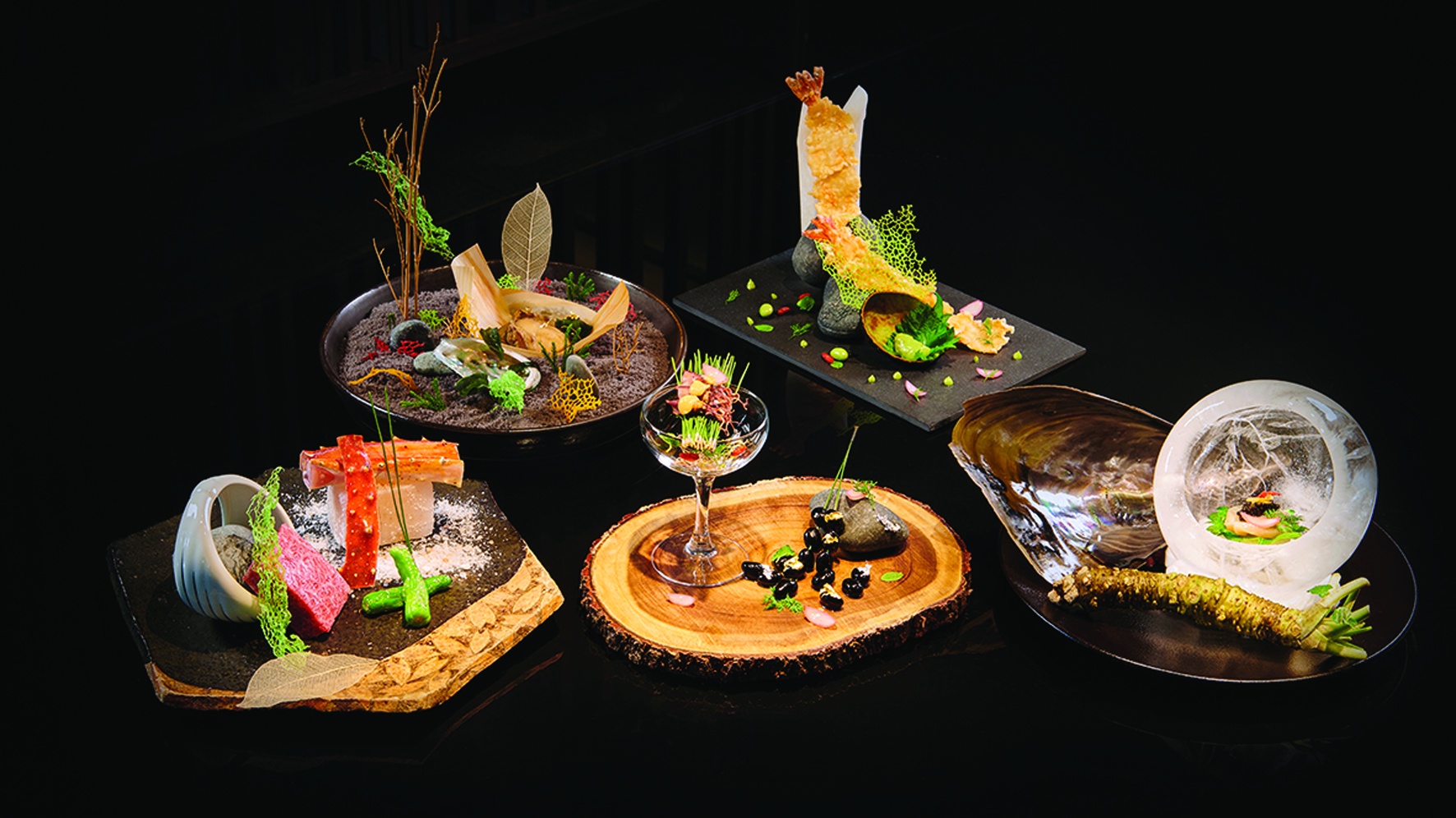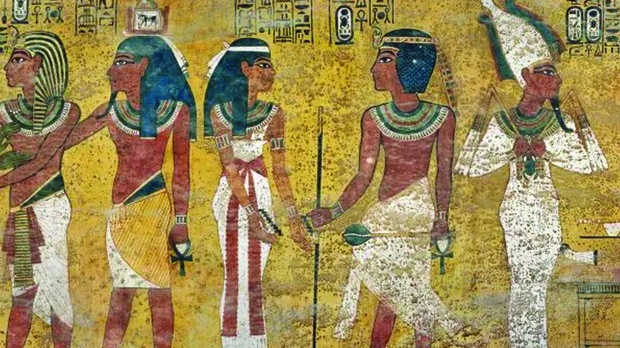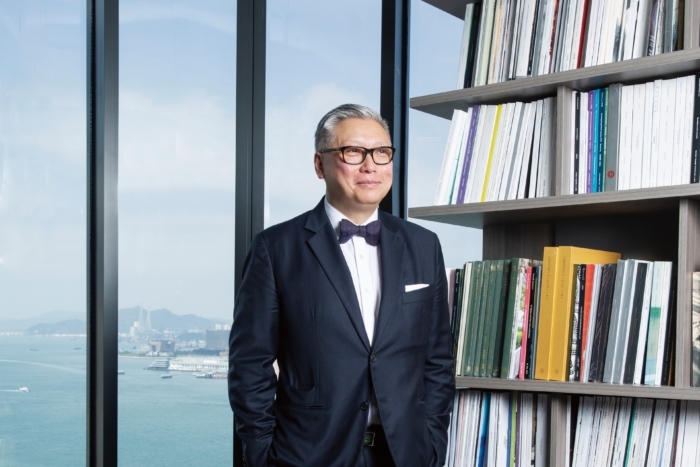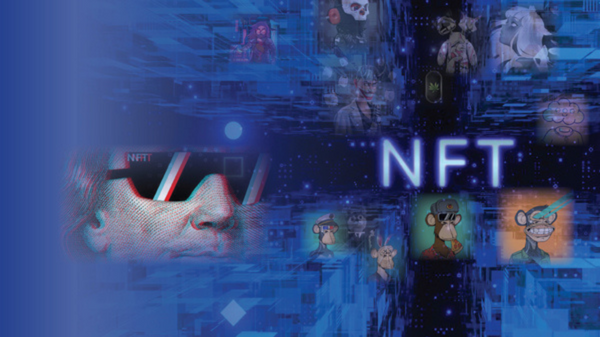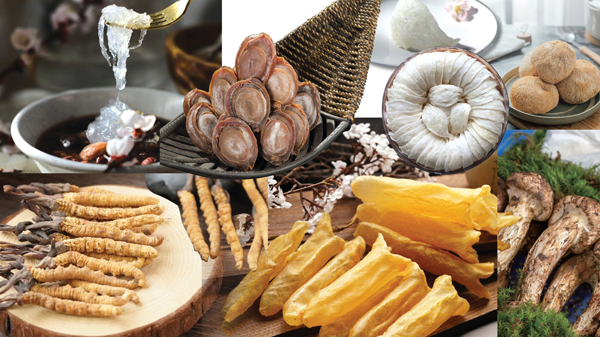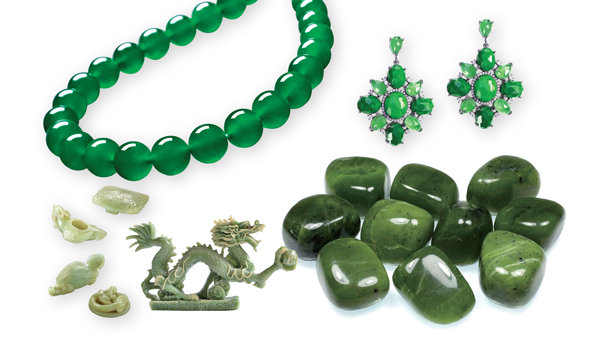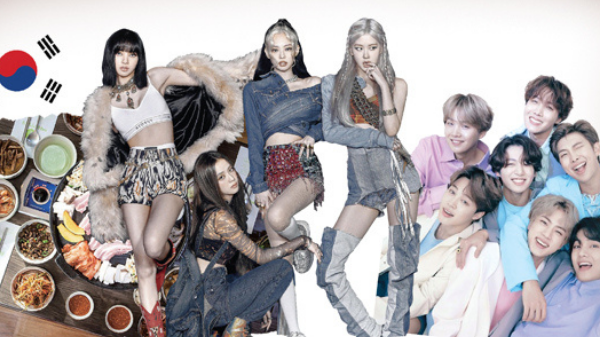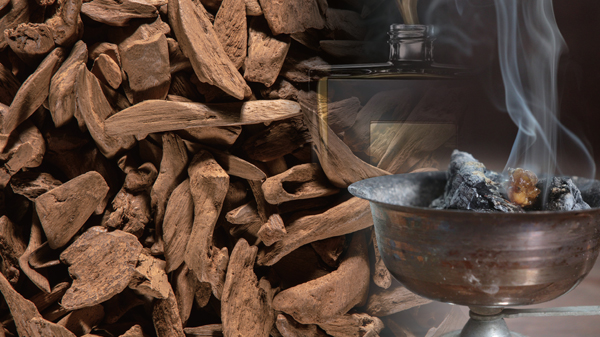
After years of obscurity, Pedro Pascal’s recent breakthrough roles have added a line to the ‘life begins at 40’ tally. Fame is now rushing to the 48-year-old thespian who has drifted away from being “he’s the guy from” to a bona fide Hollywood name. Long-overdue recognition has come from his recent hit TV series, The Last of Us, as well as The Mandalorian – where he was a constant presence but his face was rarely seen – and the game-changing Game of Thrones. Countless trending social-media memes and flattering photos gush praise for his charisma. All to his credit; not a lot of people get to be in their 40s and have their lives change workwise, especially in show business. So what really makes Pedro Pascal tick?

American Dream Reversal
“The smallest of opportunities kept me going,” says the actor of making ends meet with TV work and his not inconsiderable stage presence. Now that he has the recognition he has long deserved, he is not about to waste his chance in the limelight. Born José Pedro Balmaceda Pascal in Santiago, Chile, and raised in San Antonio and Orange County, California, he is a self-confessed movie buff which did little to help his social life. His parents, both from the medical field, fled Chile in the 1970s during the military junta and worked out a life of comfort in the US.
However, when his father became embroiled in an Orange County fertility clinic controversy that made national headlines, his comfortable upbringing was upended. While he was studying at the New York University Tisch School of the Arts, his parents and two younger siblings returned to Chile. Soon afterwards, his mother took her own life.
Having to fend for himself, young Pedro pursued acting work while sharing an apartment with his sister in Manhattan. He secured plentiful theatre assignments and a few TV roles, including one-offs on the likes of Buffy the Vampire Slayer and Touched by an Angel. He had it rough and money was obviously tight, amounting to earnings of only about US$515 (HK$4,043) a week.
Also Read: Game of Thrones meets haute couture with Delvaux’s new collection

Politically Compassionate
In the age of wokeness, producers from that time would now be called out for typecasting actors for a role – sex, race and age-wise – but not Pedro. He was desperate to be typecasted just so he could get a job. He played a series of masculine gay men and vaguely ethnic characters. But breakout roles, both onstage and on television, proved elusive, and there were plenty of times when he was ready to quit.
Pascal also has a glowing reputation as an outspoken ally of the LGBTQ community. His supports his sister Lux, a transwoman, and the Instagram fiasco with his former Mandalorian co-star Gina Carano – whose right-wing views are contrary to his own – served to highlight what a true ally he is; he called out Carano for publicly mocking the preferred pronouns concept.

Just recently his on-screen daughter-like figure, Last of Us co-star, Bella Ramsey who identifies as non-binary, has testified that they share many conversations around gender – not necessarily always deep, but also funny and honest about the whole spectrum.
In an interview about his personal values, he comes across as refreshingly grounded, saying: “My entire heart is set on the marginalised underdog. It’s not a choice. The truth is that I don’t think I do nearly enough. I’m, like, a LIB-ER-AL, but there are contradictions there as well because we live capitalistically. I guess we carry the weight of that shame?”
(Text: Joseff Musa)
Read the full interview in the April 2023 issue (pg: 114). Available on the Gafencu app on Android and Apple.




